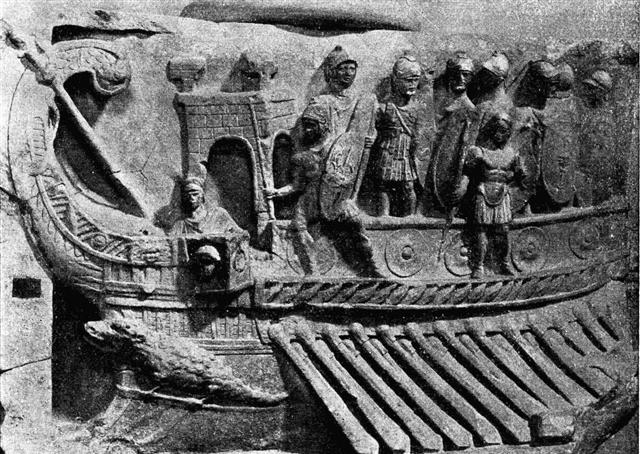Metallah (α in Triangulum Majus) rose with the Sun in the same day as the 'star pillar' (ana) Polaris - which was a pillar-to-fish-by (Ana-nia), i.e. a place where fresh new Land should be fished up from the waves again. And a rising fish of the vaha mea type indeed followed:
... 'The earth rises up from the sea again, and is green and beautiful and things grow without sowing. Vidar and Vali are alive, for neither the sea nor the flames of Surt have hurt them and they dwell on the Eddyfield, where once stood Asgard. There come also the sons of Thor, Modi and Magni, and bring along his hammer. There come also Balder and Hoder from the other world. All sit down and converse together. They rehearse their runes and talk of events of old days. Then they find in the grass the golden tablets that the Aesir once played with. Two children of men will also be found safe from the great flames of Surt. Their names, Lif and Lifthrasir, and they feed on the morning dew and from this human pair will come a great population which will fill the earth. And strange to say, the sun, before being devoured by Fenrir, will have borne a daughter, no less beautiful and going the same ways as her mother.' ...
Another fish then stood up at the horizon in the east, of a very special kind, illustrated with its inside 'heart' - formed lika a head oriented face downwards - growing out in front and transformed into a 'fruit' (off-spring, hua) of the hipu (calabash) kind.
... Ipu is the Tahitian word corresponding to hipu. Mahigo means 'children'. I can translate the words of Bishop Jaussen into: 'The children (Mahigo) and the small calabashes are here mentioned together. In their prayers, when asking Makemake for 'small calabashes', it was especially children who were meant.' Children and calabashes, we have now arrived at the first common factor between our example text [Aa2-7--8] and the Hawaiian myth about Ulu and Mokuola - the importance of children, the 'offspring' (hua) ... ... When the man, Ulu, returned to his wife from his visit to the temple at Puueo, he said, 'I have heard the voice of the noble Mo'o, and he has told me that tonight, as soon as darkness draws over the sea and the fires of the volcano goddess, Pele, light the clouds over the crater of Mount Kilauea, the black cloth will cover my head. And when the breath has gone from my body and my spirit has departed to the realms of the dead, you are to bury my head carefully near our spring of running water. Plant my heart and entrails near the door of the house. My feet, legs, and arms, hide in the same manner. Then lie down upon the couch where the two of us have reposed so often, listen carefully throughout the night, and do not go forth before the sun has reddened the morning sky. If, in the silence of the night, you should hear noises as of falling leaves and flowers, and afterward as of heavy fruit dropping to the ground, you will know that my prayer has been granted: the life of our little boy will be saved.' And having said that, Ulu fell on his face and died ... The beginning of this time for returning to life - for regeneration - had moved ahead since the time of Ain, from FEBRUARY 9 (40) to day 104 (= 2 * 52), i.e. with 64 precessional days. In rongorongo times its star date would have been 4-14 (April 14, alluding to 414 = 14 * 29½ + 1). ... When it was evident that the years lay ready to burst into life, everyone took hold of them, so that once more would start forth - once again - another (period of) fifty-two years. Then (the two cycles) might proceed to reach one hundred and four years. It was called 'One Age' when twice they had made the round, when twice the times of binding the years had come together ...
Gb7-22 (glyph number 432 = 16 * 27 = 6 * 72 = 12 * 36 = 4 * 108 = 8 * 54 = 9 * 48) could be read as the reversal of 22 /7 (π) - as a sign of a door of entrance instead of the door of exit.
The Head of Ku had been here, and possibly there was a 5-day long sacred foundation period from FEBRUARY 9 (40) when τ Ceti (at the heart of the Sea Beast) rose with the Sun.
Since I wrote what follows below regarding γ Andromedae I have learnt that the caracal, the desert lynx, is an expert in catching flying birds (manu rere), by jumping impressively from standstill high up into the air and dashing them down in midflight with his front paw. ... Allen: 'This is Alamac in the Alfonsine Tables and 1515 Almagest; Riccioli's Alamak; Flamsteed's Alamech; now Almach, Almak, Alamaack, and Almaac or Almaak; all from Al 'Anāk al 'Ard, a small predatory animal of Arabia, similar to a badger, and popularly known there as Al Barīd. Scaliger's conjecture that it is from Al Mauk, the Buskin, although likely enough for a star marking the left foot of Andromeda, is not accepted; for Ulug Beg, a century and a half previously, as well as Al Tizini and the Arabic globes before him, gave it the animal's name in full. But the propriety of such a designation here is not obvious in connection with Andromeda, and would indicate that it belonged to very early Arab astronomy.' Wikipedia identifies this little predator with the caracal: 'Gamma Andromedae ... is the third brightest star in the constellation of Andromeda. It is also known by the traditional name Almach (also spelt as Almaach, Almaack, Almak, Almaak, or Alamak), from the Arabic العناق الأرض al-‘anāq al-’arđ ... 'the caracal' (desert lynx). Another term for this star used by medieval astronomers writing in Arabic was آلرخل المسلسلة Al Rijl al Musalsalah 'the Woman's Foot'. In Chinese, 天大將軍 (Tiān Dà Jiāng Jūn), meaning Heaven's Great General, refers to an asterism consisting of γ Andromedae, φ Persei, 51 Andromedae, 49 Andromedae, χ Andromedae, υ Andromedae, τ Andromedae, 56 Andromedae, β Trianguli, γ Trianguli and δ Trianguli. Consequently, γ Andromedae itself is known as 天大將軍一 (Tiān Dà Jiāng Jūn yī, English: the First Star of Heaven's Great General.) In the catalogue of stars in the Calendarium of Al Achsasi al Mouakket, this star was designated جمس ألنعامة Khamis al Naamat, which was translated into Latin as Quinta Struthionum, meaning the fifth ostrich ... ... The name 'lynx' originated in Middle English via Latin from Greek word 'λύγξ', derived from the Indo-European root '*leuk-', meaning 'light, brightness' ... ... The most striking sign of a lynx is the tufts of hair on the ears, which draws the attention of the observer. Perhaps it is possible to compare with the birthplace of Maui: ... 'From the time I was in your womb,' Maui went on, 'I have known the names of these children of yours. Listen,' he said as he pointed to his brothers in turn. 'You are Maui mua, you are Maui roto, you are Maui taha, and you are Maui pae. And as for me, I am Maui potiki, Maui-the-last-born [and number 5]. And here I am.' When he had finished, Taranga had to wipe her eyes because there were tears in them, and she said: 'You are indeed my lastborn son. You are the child of my old age. When I had you, no one knew, and what you have been saying is the truth. Well, as you were formed out of my topknot you can be Maui tikitiki a Taranga.' So that became his name, meaning Maui-formed-in-the-topknot-of-Taranga. And this is very strange, because women in those days did not have topknots. The topknot was the most sacred part of a person, and only men had them ... ... Caracal ... feline animal of N. Africa ... F. or Sp. caracal - Turk. qarahqulaq, f. qarah black + qulak ear ...
We can compare with other instances of 5-day long sequences, first of all of course Kakkab Nammax, but evidently also the first 5 days on side a of the tablet:
... Nut, whom the Greeks sometimes identified with Rhea, was goddess of the sky, but it was debatable if in historical times she was the object of a genuine cult. She was Geb's twin sister and, it was said, married him secretly and against the will of Ra. Angered, Ra had the couple brutally separated by Shu and afterwards decreed that Nut could not bear a child in any given month of any year. Thoth, Plutarch tells us, happily had pity on her. Playing draughts with the Moon, he won in the course of several games a seventy-second part of the Moon's light with which he composed five new days. As these five intercalated days did not belong to the official Egyptian calendar of three hundred and sixty days, Nut was thus able to give birth successively to five children: Osiris, Haroeris (Horus), Set, Isis and Nepthys ...
Barthel has drawn attention to the fact that in Manuscript E there were places where the Explorers had stayed for 5 days. Foremost among these were Hanga Hoonu and Papa O Pea, because they were explicitly mentioned in the manuscript as places where the Explorers had stayed for 5 days. We should compare hura in Ca5-14 with the quincunx design above, and we will then notice the central (apex) stone is missing - kua haga te mea ke. Probably this exceptional (mea ke) and missing 'stone' had been removed to be the head of 'the bird whose head was on fire' (manu puoko i tona ahi):
... Menkaure was allegedly a much more benevolent Pharaoh than his predecessors. According to legends related by Herodotus, he wrote the following: This Prince (Mycerinus) disapproved of the conduct of his father, reopened the temples and allowed the people, who were ground down to the lowest point of misery, to return to their occupations and to resume the practice of sacrifice. His justice in the decision of causes was beyond that of all the former kings. The Egyptians praise him in this respect more highly than any other monarchs, declaring that he not only gave his judgements with fairness, but also, when anyone was dissatisfied with his sentence, made compensation to him out of his own purse and thus pacified his anger. The Gods however ordained that Egypt should suffer tyrannical rulers for a hundred and fifty years according to this legend. Herodotus goes on: An oracle reached him from the town of Buto, which said 'six years only shalt thou live upon this earth, and in the seventh thou shalt end thy days'. Mycerinus, indignant, sent an angry message to the oracle, reproaching the god with his injustice - 'My father and uncle,' he said 'though they shut up the temples, took no thought of the gods and destroyed multitudes of men, nevertheless enjoyed a long life; I, who am pious, am to die soon!' ... The Gilbert Islanders are Polynesians, having emigrated, according to their traditions, from Upolu, Samoa, which they look upon as te buto (Maori pito), the Navel of the World. They never counted the nights of the Moon beyond the twentieth, so far as Grimble was able to ascertain ... There came in reply a second message from the oracle - 'for this very reason is thy life brought so quickly to a close - thou hast not done as it behoved thee. Egypt was fated to suffer affliction one hundred and fifty years - the two kings who preceded thee upon the throne understood this - thou hast not understood it'. Mycerinus, when this answer reached him, perceiving that his doom was fixed, had lamps prepared, which he lighted every day at eventime, and feasted and enjoyed himself unceasingly both day and night, moving about in the marsh-country and the woods, and visiting all the places he heard were agreeable sojourns. His wish was to prove the oracle false, by turning night into days and so living twelve years in the space of six ... The Head of the Giant (Ras Algethi, α Herculis) culminated when the Sun reached β Cancri (Al Tarf, the End).
"Golgotha ... graveyard ... gogolđā, Aram. form of Heb. gulgōleđ skull ..." (The Oxford Dictionary of English Etymology.) The maitaki (good) glyph Ca5-12 - exhibiting plenty of light at left (in the past) but less such in front - was at the pillar (ξ) in Argo Navis.
Then the Sun reached φ Gemini (and in the night the Full Moon was at φ Aquilae). This star (φ Gemini) was like a hula ('swelling' or 'protuberance') under the right arm of Pollux, which evidently was a good thing (mea): ... Up to the present time, fertility spells for fowls have played an important role. Especially effective were the so-called 'chicken skulls' (puoko moa) - that is, the skulls of dead chiefs, often marked by incisions, that were considered a source of mana. Their task is explained as follows: 'The skulls of the chiefs are for the chicken, so that thousands may be born' (te puoko ariki mo te moa, mo topa o te piere) ...As long as the source of mana is kept in the house, the hens are impregnated (he rei te moa i te uha), they lay eggs (he ne'ine'i te uha i te mamari), and the chicks are hatched (he topa te maanga). After a period of time, the beneficial skull has to be removed, because otherwise the hens become exhausted from laying eggs ... ... In the beginning there was nothing but the sea, and above soared the Old-Spider. One day the Old-Spider found a giant clam, took it up, and tried to find if this object had any opening, but could find none. She tapped on it, and as it sounded hollow, she decided it was empty. By repeating a charm, she opened the two shells and slipped inside. She could see nothing, because the sun and the moon did not then exist; and then, she could not stand up because there was not enough room in the shellfish. Constantly hunting about she at last found a snail. To endow it with power she placed it under her arm, lay down and slept for three days. Then she let it free, and still hunting about she found another snail bigger than the first one, and treated it in the same way. Then she said to the first snail: 'Can you open this room a little, so that we can sit down?' The snail said it could, and opened the shell a little. Old-Spider then took the snail, placed it in the west of the shell, and made it into the moon ...
There is a resemblance between the maitaki typ of glyph and a design on the ancient Egyptian Den tablet:
The central '5th stones' in the twin empires of the world were for the king:
Furthermore, the great Egyptian X was practically identical with the hura type of glyph:
But in the G text the 'vocabulary' was different. Beyond Pollux was a haú marking the 'corner' at Ga2-23 (at ξ Puppis, Azmidiske).
Markab Puppis (κ) and Procyon were at the ihe tau (point of time) glyph in the day which followed that of heliacal Castor. At the stern of Argo Navis were both ξ and κ and from there emerged a new little Sun creature (ρ):
|
|||||||||||||||||||||||||||||||||||||||||||||||||||||||||||||||||||||||||||||||||||||||||||||||||||||||||||||||||||||||||||||||||||||||||||||||||||||||||||||||||||||||||||||||||||||||||||||||||||||||||||||||||||||||||||||||||||||||||||||||||||||||||||||||||||||||||||||||||||||||||||||||||||||||||||||||||||||||||||||||||||||||||||||||||||||||||||||||||||||||||||||||||||||||||||||||||||||||||||||||||||||||||||||||||||||||||||||||||||||||||||||||||||||||||||||||||||||||||||||||||||||||||||||||||||||||||||||||||||||||||||||||||||||||||||||||||||||||||||||||||||||||||||||||||||||||||||||||||||||||||||||||||||||||||||||||||||||||




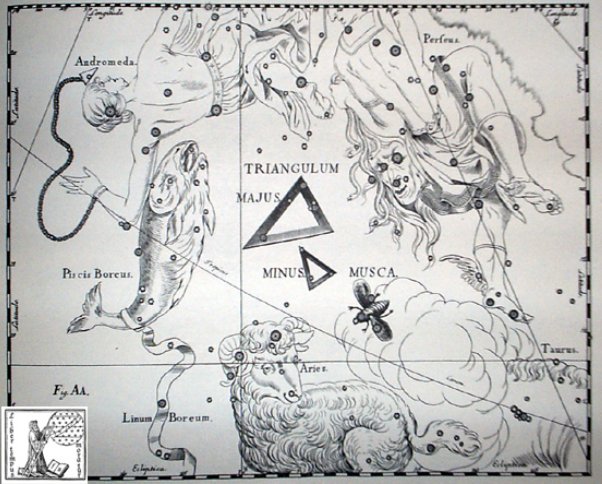


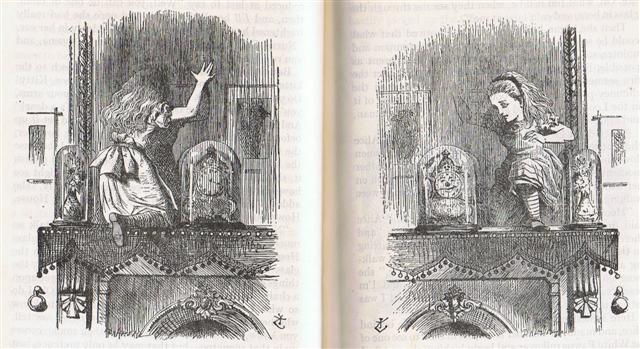














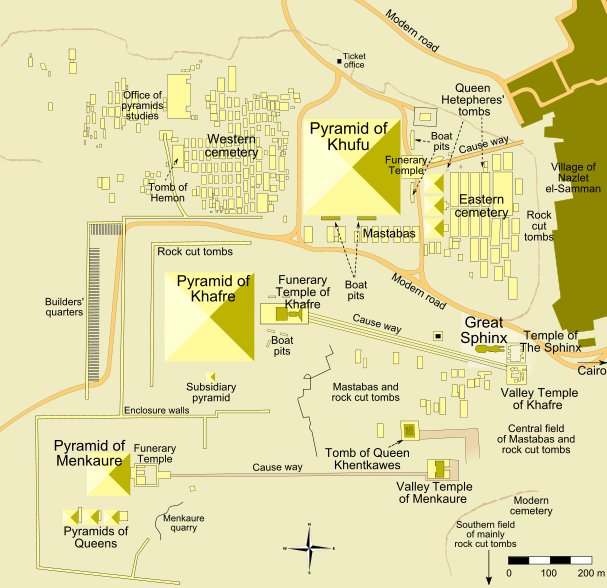
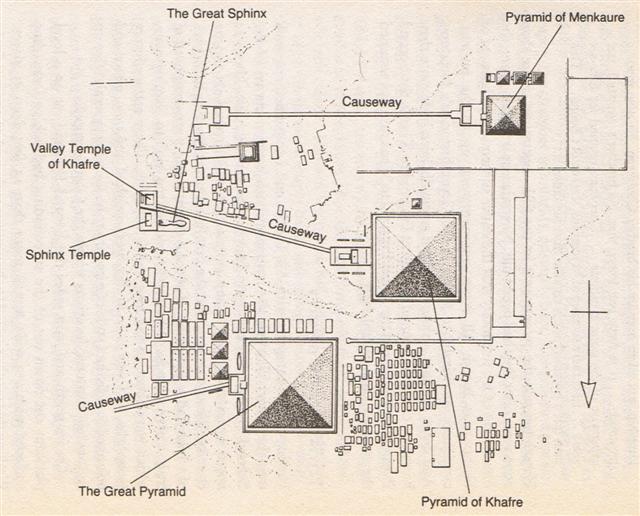
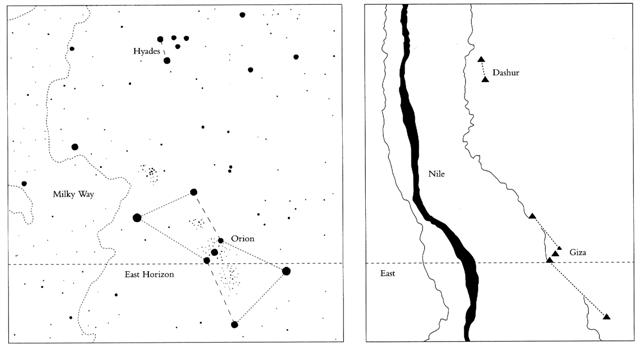


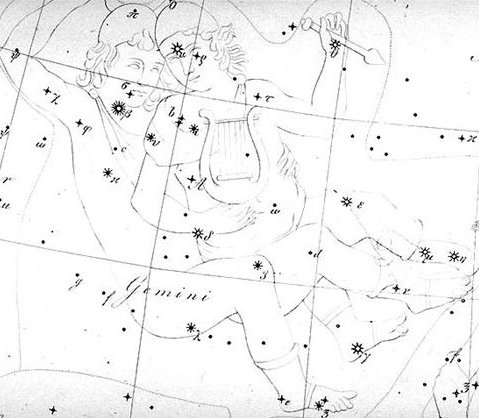
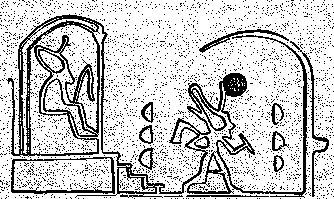
.jpg)




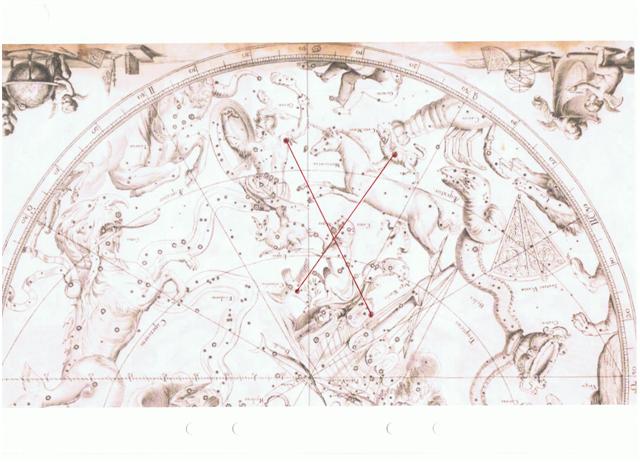





.jpg)
